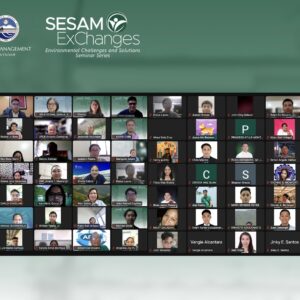SESAM’s 6th Green Seminar Series – Climate Scenarios: Representative Concentration Pathways (RCP)
We are responsible for the kind of world our future generation will live in. No matter what we do, even if we stop all our CO2 emissions now, it is inevitable that our planet will get warmer since there are still residual emissions left caused by the industrialization from the past decades.
The 6th Green Seminar Series by the School of Environmental Science and Management entitled “Climate Scenarios: Representative Concentration Pathways (RCP),” was held last July 16, 2015 at the SESAM Lecture Hall. This was discussed by Dr. Gemma T. Narisma, an Associate Professor in the Physics Department of Ateneo de Manila University, Associate Director for Research, and Head of the Regional Climate Systems Program of Manila Observatory.
According to Dr. Narisma, RCPs are “representatives” of the pathways of radiative forcing or the additional energy taken up by the Earth’s system caused by the greenhouse effect. There are four RCPs namely, RCP 2.6, 4.5, 6, and 8.5. The best-case scenario is RCP 2.6 wherein the Earth’s radiative forcing (expressed as Watts per square meter) shall be maintained to only reach 2.6. The Earth’s warming will continue beyond 2100 unless we try to aim for RCP 2.6. Last 2011, the Earth has already reached 2.29 as its radiative forcing.
“If the Earth’s temperature will increase to more than 2°C, it will result to the extinction of some plants and animals, stronger typhoons, decrease in agricultural production, long-term damage of the coral reefs, higher sea levels, and source of and access to clean water will be severely affected. These effects will in turn affect other aspects of the ecosystem”, said Dr. Narisma.
Development and CO2 emissions are closely linked to each other and because of this, it is difficult to cut down on the emissions that are the results of industrialization. Dr. Narisma believes that technological advancements that reduce carbon emissions are one of the keys to develop our countries in a cleaner and greener way. However, the challenge would be getting these technologies to our country and considering that the Philippines is a developing country, we do not have the needed resources yet to create sustainable innovations that will help cut back our emissions.
It is imperative that the national government will take action and add to their priorities in climate change the need to cut back our emissions as early as possible so as to avoid the abrupt increase of the Earth’s temperature and maintaining the RCP level lower than 2.6 in the coming years. The local government units (LGUs) are significantly tasked in downscaling the scenarios shown by the RCPs to give a higher-resolution picture of how these radiative forcing affect our country and the lives of the locals. Dr. Narisma hopes that when policy-makers and nation leaders are shown these facts and data, they will be motivated to establish better and effective policies, programs, and projects that are related to climate change and conduct better risk management trainings with a local- and nation-wide approach.







